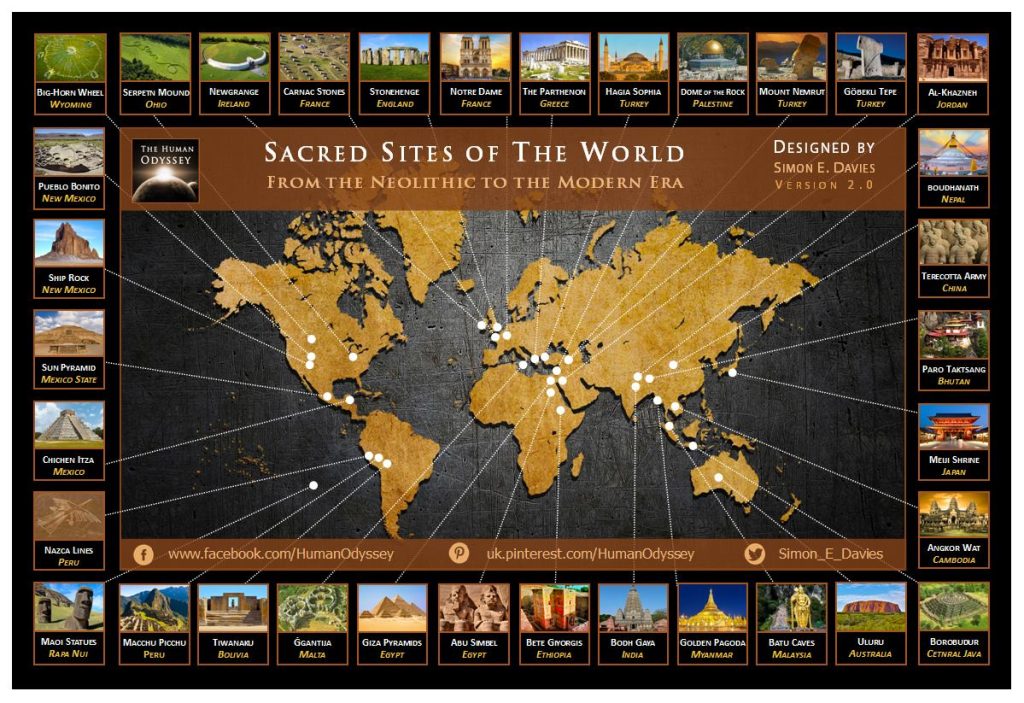Megalithic Monuments: Tracing the Secrets of Ancient Stone Structures
Megaliths—the massive stone structures scattered across Europe and the Mediterranean—remain among the most mysterious and intriguing monuments of the Neolithic and Early Bronze Age. From towering menhirs to complex burial chambers, these ancient constructions reveal the ingenuity and spiritual life of early human societies. Yet, despite centuries of research, many questions about their origin, purpose, and construction techniques continue to challenge scholars.
Dolmens and Passage Graves: Early Neolithic Tombs
In southern Europe, particularly along the coasts of Spain, Portugal, and the Mediterranean, the earliest megalithic tombs were likely dolmens. These structures consist of upright stone supports topped with a flat roofing slab, originally covered by earthen mounds that often have eroded over time.
As megalithic practices spread north and west, two main variations emerged: the passage grave, which added a long entrance corridor to the basic dolmen, and the long cist or gallery grave, a rectangular burial chamber without a separate passageway. Hybrid forms have been discovered as well, such as those in the Hebrides, suggesting regional innovation and adaptation. Many round and long barrows across Europe also incorporated megalithic burial chambers, demonstrating the widespread adoption of these monumental forms.
Menhirs: Stones of Mystery and Ritual
Another hallmark of megalithic culture is the menhir (from Breton men “stone” and hir “long”), standalone upright stones whose exact purpose is still debated. Some menhirs were solitary, while others were arranged in circles, semicircles, ellipses, or parallel rows known as alignments.
Western Europe, especially Brittany, is home to some of the most famous examples, including the Carnac alignments, comprising nearly 3,000 stones. In England, Stonehenge and Avebury stand as iconic testaments to megalithic ingenuity. These arrangements likely had ceremonial or ritual significance, possibly serving as sites for processions, seasonal observations, or spiritual gatherings.
Shared Beliefs and Architectural Unity
Despite geographic distances, many megalithic monuments share striking architectural and symbolic features, suggesting that the ideas behind their construction were transmitted across vast regions. Recurrent carvings of magical symbols imply a shared cosmology and spiritual framework, pointing to an underlying unity in belief systems.
The emergence of megalithic structures often coincided with early farming communities, linking monumental construction with the rise of more complex social organization. Yet, the precise social hierarchy of these groups remains uncertain. Some tombs contain a mix of males, females, juveniles, and children, hinting at family-oriented collective burials, while the rich artifacts in other sites suggest status differentiation or territorial markers.
Interregional Connections and Cultural Exchange
From Iberia to southern Scandinavia, Britain, and Ireland, the similarities in megalithic construction are compelling. Archaeological evidence points to interregional exchange of domesticated resources, raw materials, and artifacts, suggesting these groups shared social, cultural, and perhaps cosmological systems.
Whether as communal burial grounds or markers of elite status, megaliths reflect the complexity of Neolithic societies. The careful selection and placement of massive stones indicate advanced knowledge of engineering, astronomy, and symbolism, revealing a sophisticated understanding of the natural and spiritual worlds.
Unanswered Questions: The Mystery Continues
While much has been learned about megalithic monuments, their full significance remains elusive. Why did disparate communities across Europe adopt similar forms? What determined the placement of specific stones in alignments? And how did early societies coordinate the labor and knowledge required for these monumental projects?
These questions highlight the enduring allure of megaliths. Each stone, mound, or alignment is not just a relic of the past—it is a testament to human ingenuity, cultural connectivity, and the desire to leave a lasting mark on the landscape.
Conclusion
Megalithic monuments stand as monumental records of early human civilization, linking architecture, ritual, and social organization. From dolmens and passage graves to menhirs and vast alignments, they reflect shared ideas and innovations across Europe and the Mediterranean. As research continues, these ancient stones will undoubtedly reveal further insights into the beliefs, ambitions, and sophistication of prehistoric societies, ensuring that the fascination with megaliths endures for generations to come.






